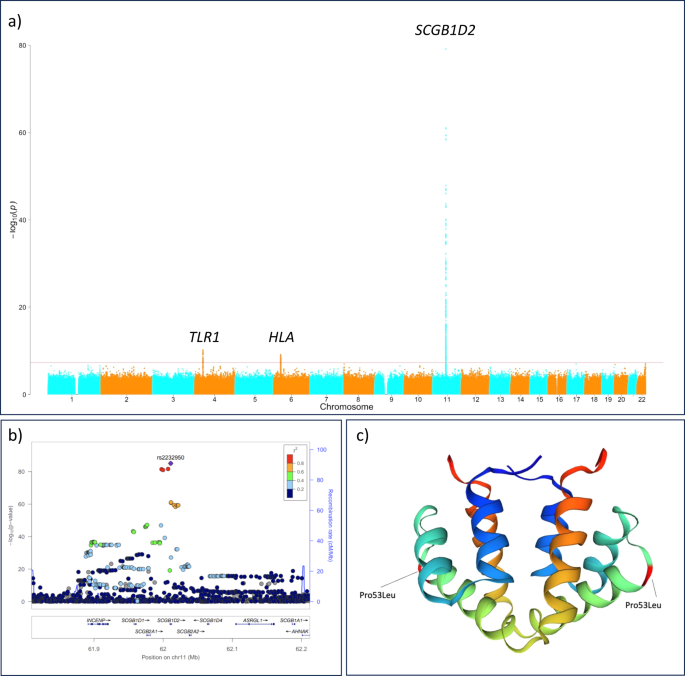2024-03-19 マサチューセッツ工科大学(MIT)
◆MITとヘルシンキ大学の研究者らは、人間の汗中にライム病の原因となる細菌の増殖を阻害する保護作用のあるタンパク質が含まれていることを発見しました。このタンパク質は、抗生物質に反応しない感染に対する治療法の開発に役立つ可能性があります。
<関連情報>
- https://news.mit.edu/2024/protein-found-human-sweat-may-protect-against-lyme-disease-0319
- https://www.nature.com/articles/s41467-024-45983-9
SCGB1D2はボレリア・ブルグドルフェリの増殖を抑制し、ライム病感受性に影響を与える SCGB1D2 inhibits growth of Borrelia burgdorferi and affects susceptibility to Lyme disease
Satu Strausz,Erik Abner,Grace Blacker,Sarah Galloway,Paige Hansen,Qingying Feng,Brandon T. Lee,Samuel E. Jones,Hele Haapaniemi,Sten Raak,George Ronald Nahass,Erin Sanders,FinnGen,Estonian Genome Centre,Estonian Biobank Research Team,Pilleriin Soodla,Urmo Võsa,Tõnu Esko,Nasa Sinnott-Armstrong,Irving L. Weissman,Mark Daly,Tuomas Aivelo,Michal Caspi Tal & Hanna M. Ollila
Nature Communications Published:19 March 2024
DOI:https://doi.org/10.1038/s41467-024-45983-9

Abstract
Lyme disease is a tick-borne disease caused by bacteria of the genus Borrelia. The host factors that modulate susceptibility for Lyme disease have remained mostly unknown. Using epidemiological and genetic data from FinnGen and Estonian Biobank, we identify two previously known variants and an unknown common missense variant at the gene encoding for Secretoglobin family 1D member 2 (SCGB1D2) protein that increases the susceptibility for Lyme disease. Using live Borrelia burgdorferi (Bb) we find that recombinant reference SCGB1D2 protein inhibits the growth of Bb in vitro more efficiently than the recombinant protein with SCGB1D2 P53L deleterious missense variant. Finally, using an in vivo murine infection model we show that recombinant SCGB1D2 prevents infection by Borrelia in vivo. Together, these data suggest that SCGB1D2 is a host defense factor present in the skin, sweat, and other secretions which protects against Bb infection and opens an exciting therapeutic avenue for Lyme disease.


